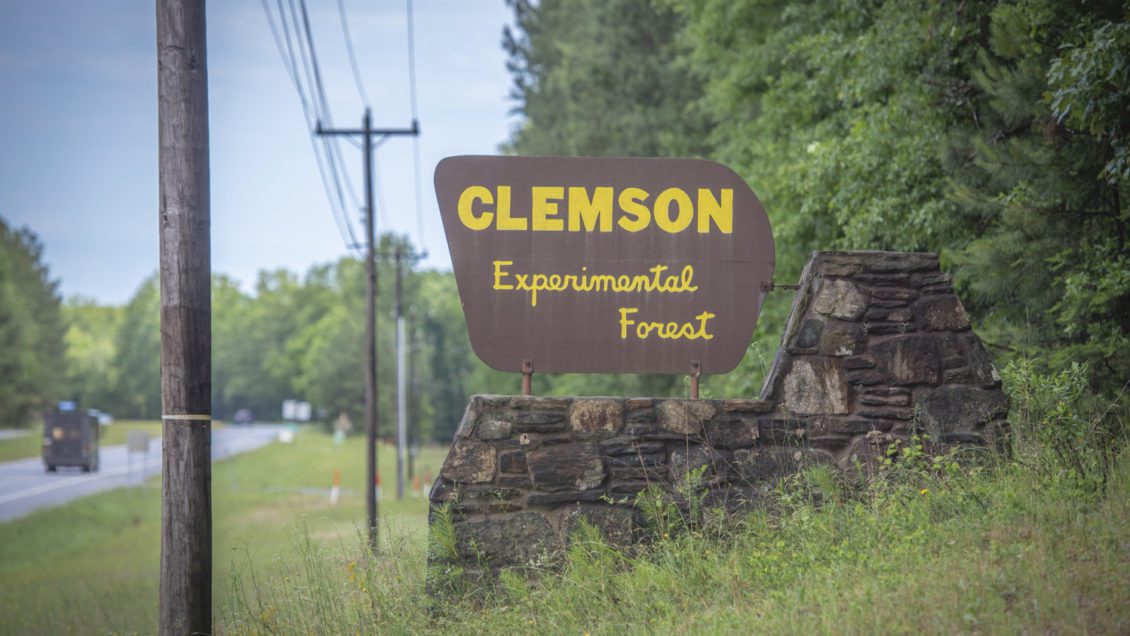
Faculty members are encouraged to participate in a survey created by the Faculty Senate Welfare and Research Committees to gather feedback regarding how they use the Clemson Experimental Forest for teaching, research and personal recreation. The survey will be sent via email on June 1.
The 17,500-acre forest was established in the 1930s while the nation was working on plans for recovery from the Great Depression. Faculty member George Aull transformed the region through a large federal re-settlement program for people in the community adjacent to the University who were left without viable farmland. The eroded landscape, devoid of life, became a demonstration of renewal and recovery for the Upstate of South Carolina.
Faculty Senate committee chair Betty Baldwin, an associate professor in the parks, recreation and tourism management department, said the Clemson Experimental Forest continues to serve the University’s mission through research projects, field classes and as a source of personal renewal for people who use its 110-mile trail system for recreation. However, it is still a bit of an anomaly to many students, faculty and staff.
“Although well-loved by many affiliated with both the university and people from surrounding areas who use its many trails for enjoyment, the Clemson Experimental Forest is not part of the Clemson identity and not understood by many faculty members,” said Baldwin. “Right now, the question we must answer is, ‘What is the forest for? How can we as faculty describe, communicate and measure the many values this place represents?’”
Baldwin said she is just one of the many faculty members from the University who use the forest regularly.
“My life as a Clemson faculty member is inextricably linked with the piedmont’s and foothills’ ecosystems we call the Clemson Experimental Forest,” said Baldwin. “I take my students out there for class and am always amazed at the power that place has to bring students together and bring the material I am teaching to life. It is the focus of most of my research—I personally am on a trail in the forest many times a week, and I am not alone.”
PRTM doctoral candidate Taylor Parker made a YouTube video to generate interest and raise awareness among faculty and encourage them to participate in the survey. In it, he notes, “One of the things that I don’t think a lot of people realize is that this forest didn’t really exist 100 years ago. [It] was the vision of Clemson faculty, specifically Dr. Aull, who saw this as a way to revitalize the Clemson area and the whole Upstate, really.”
Baldwin hopes to use the survey to gather ideas from those using the land for teaching, research and personal reasons, along with those not using it at all.
“This is the opportunity for a collective faculty voice to be documented about the importance of this land for our work and life as faculty of Clemson University.”
Get in touch and we will connect you with the author or another expert.
Or email us at news@clemson.edu

